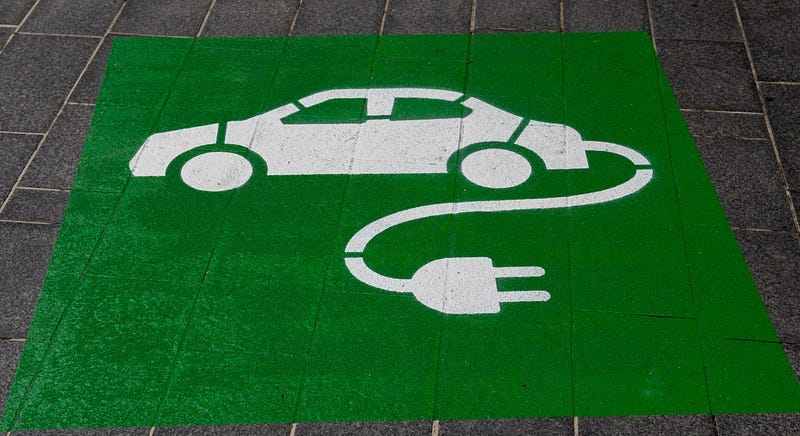Toyota to Unveil 'The Holy Grail' of Electric Vehicles in 2027
Toyota just announced plans for a new EV battery with a 932-mile range. Charge time? Ten minutes. Yes - 900 miles on a 10-minute charge.

Are you ready for an electric vehicle?
Well, ready or not, they’re here.
One of the most common reasonable criticisms of EVs is their battery range.
While gasoline-powered engines are dirty, inefficient, and perpetuate the fossil fuel industry’s hegemony over the global energy market, they provide a stability for those on long commutes.
After all, there’s no sense in investing in an EV if one’s 80-mile commute requires a 20-minute pit stop each day to recharge a car’s battery.
Moreover, while charging stations are beginning to pop up all over, they are still not as ubiquitous as gas stations.
But change requires transition, and fortunately, things are changing.
Car manufacturers are continually developing more sophisticated battery technologies, and Toyota just announced plans for a new EV battery with a 932-mile range.
Charge time?
Ten minutes.
Yes — 900 miles on a 10-minute charge.
What’s more, we won’t need to wait a decade or more for it.
Three and half years should cover it.
Installing solid state batteries, Toyota seeks to pivot away from its former hybrid-exclusive strategy in favor of “greater energy density, higher electric range, and faster charging that puts refueling time on-par with a gas-powered vehicle.”
Jed Bury, writing for hotcars.com, wrote, “range anxiety a thing of the past” because “Toyota’s relentless pursuit of technological advancements aims to combat this anxiety head-on and transform the perception of electric mobility.”
He explained:
With such an extended range, drivers can now embark on long-distance journeys with confidence, knowing that they have ample power to reach their destination without constant fear of running out of charge, or being slowed down by charging points.
In addition to their ability to hold charges longer, solid state batteries are also attractive because of their lower carbon footprint.
Hot cars reported:
The use of solid electrolytes eliminates the need for toxic and flammable liquid components found in conventional batteries. This reduced reliance on hazardous materials reduces the risk of accidents, making solid-state batteries safer and more environmentally friendly throughout their life cycle. So no more worrying about the dangers of dumping them after 10 years of use. They’re also much less likely to have overheating issues, which means no more poor reliability ratings for EVs’ batteries.
Toyota also seeks to alleviate charging station paucity by “expanding the availability of fast-charging infrastructure in key locations, ensuring that EV owners can access charging facilities with ease and confidence, irrespective of their journey’s length.”
Last year’s Inflation Reduction Act seeks to invest about $385 billion in energy and climate change incentives that include tax credits for solar and wind energy equipment production and electric vehicles purchases. It will provide incentives to manufacture new car batteries domestically, and invest hundreds of billions of dollars in tax credits for clean energy like solar and wind, clean transportation, and de-carbonized buildings.
We are witnessing an historic transition similar to that those who were around at the dawn of the internal combustion engine witnessed.
There were those then, as now, who were cynical about the change, as there inevitably are whenever change occurs.
But the EV revolution is here.
It isn’t without its initial growing pains, but the gasoline-powered engine is becoming a relic of a by-gone era.
In fifty years we will be telling our grandchildren what it was like to have to “stop for gas.”
Of course, the fossil fuel industry is holding on like the grim death it pedals.
The companies to survive are those that will accept the change and stand on the cusp of innovation.
The others will go extinct like the dinosaurs whose fossils they’re burning.



